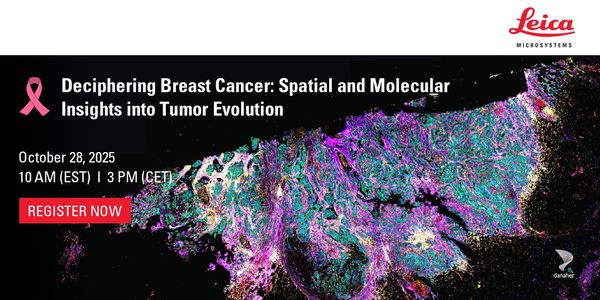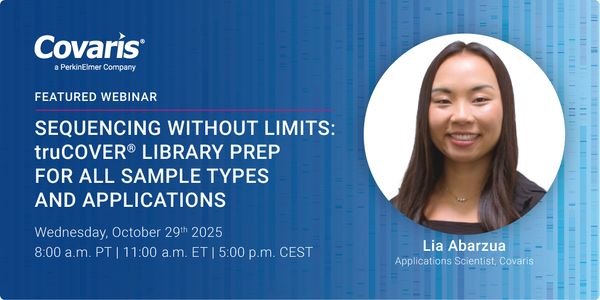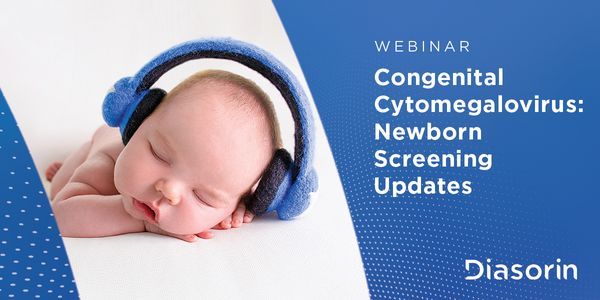Bionano Genome Imaging: unbiased, genome-wide structural variation detection in genetic disease and cancer, down to 1% allele fraction
The diagnostic yield in genetic disease has seen very little improvement over the last few decades, despite the introduction of whole genome sequencing. The Bionano Genomics platform for genome imaging offers an extremely long-read technology, providing unmatched sensitivity and specificity to detect structural variation, genome-wide, at low cost. Our de novo maps can resolve complex repetitive regions, identify Copy Number Variations, and elucidate genome-wide structural variation like balanced/unbalanced translocations, inversions, and indels with much higher sensitivity and precision than sequencing-based methods. For mosaic samples, Bionano’s high coverage depth allows for the detection of any type of structural variant with more than 90% sensitivity, present in as little as 10% of the cells, genome wide, and completely unbiased. Examples will be presented of how Bionano’s platform is helping solve genetic mysteries for patients with a variety of genetic disorders by detecting genomic rearrangements and structural variants missed by NGS and cytogenetic methods.
Learning Objectives:
1. Learn why the complexity and repetitive structure of the human genome makes it impossible to detect all structural variants using short-read sequencing
2. Learn how high coverage optical mapping enables detection of structural variants at extremely low allele fraction







